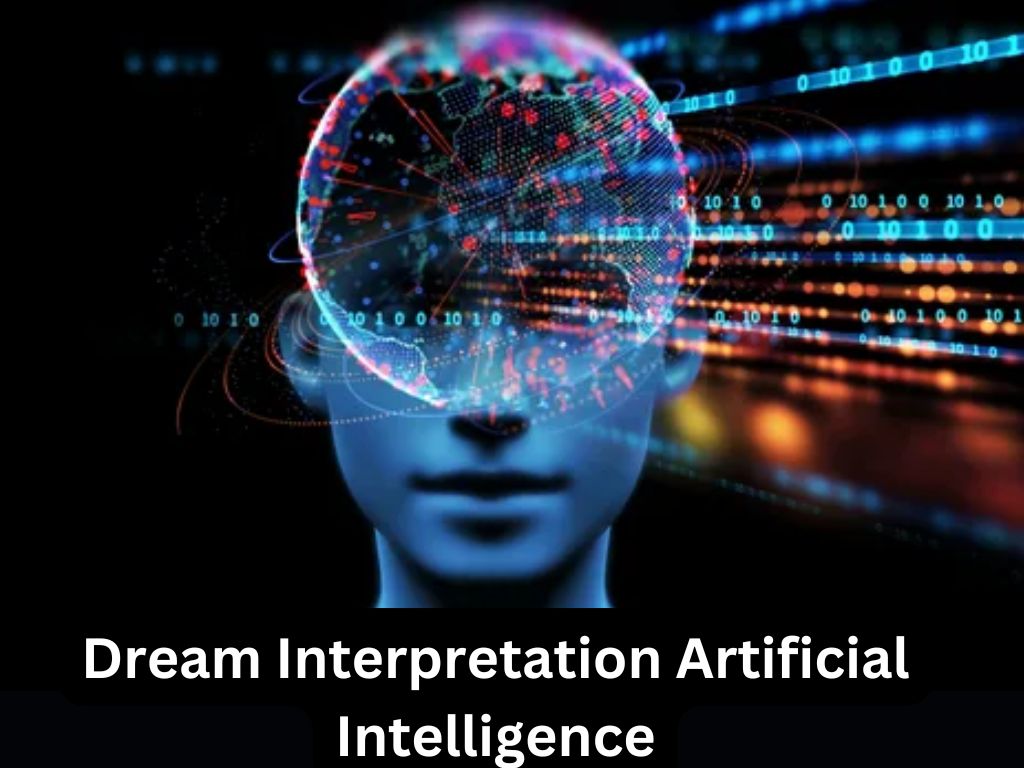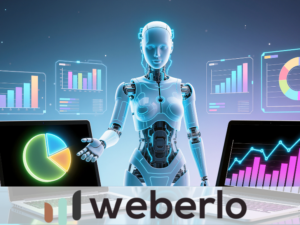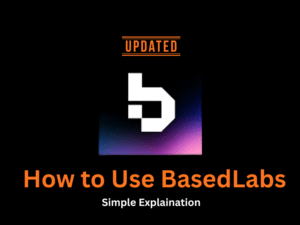Dream Interpretation Artificial Intelligence has been an intriguing topic for centuries, with people analyzing symbols and messages hidden in their dreams. As technology advances, Artificial Intelligence (AI) has entered this field, offering new tools to help decode dreams in ways that might have been unimaginable just a few years ago. AI for dream interpretation combines machine learning, natural language processing, and algorithms to help individuals better understand their subconscious.
In this guide, we’ll explore tips for effective Dream Artificial Intelligence, the pros and cons of relying on this technology, how to give effective commands to get the best results and answer common questions related to AI-driven dream interpretation.
Tips for the Best Dream Interpretation
Effective Dream Interpretation Artificial Intelligence requires attention to detail and proper methods, whether using AI or traditional methods. Below are some helpful tips to ensure that your AI-assisted dream interpretations are as accurate as possible:
- Record Your Dreams Regularly
One of the essential steps for Dream Artificial Intelligence is to have a clear and detailed account of them. Make it a habit to record your dreams as soon as you wake up, even if they seem fragmented or unclear. AI can better process and analyze dreams with more data, helping it identify patterns or symbols that recur over time. - Be Specific with Symbols and Themes
When inputting dream details into an AI dream interpreter, it’s important to focus on significant symbols or recurring themes. For example, if you dream of water or flying, emphasize these in your description. AI algorithms analyze symbols based on large datasets, and they work better when you provide specific, meaningful details. - Use Journaling Apps
Many apps now allow users to document their dreams. Some of these apps come with AI features to automatically interpret the dreams based on certain keywords. This can be a convenient way to track your dreams over time and have AI assist you with the interpretation. - Understand AI’s Limitations
While AI can provide insightful interpretations based on its data, it may not capture the full emotional depth or personal significance of dreams. Use AI as a tool, but trust your instincts and consider your own life experiences when interpreting dreams.
Pros and Cons of Using AI for Dream Interpretation
Dream Artificial Intelligence offers a new way of exploring the fascinating world of dreams, but it also comes with its strengths and weaknesses. Here’s a breakdown of the pros and cons of using Dream Interpretation Artificial Intelligence:
Pros
- Quick Analysis: AI processes and analyzes dream data quickly, offering interpretations within seconds. This makes it an efficient tool for those who regularly dream and want instant insights.
- Pattern Recognition: AI excels at identifying patterns. It can connect symbols and recurring themes across multiple dreams, potentially revealing subconscious trends that humans might overlook.
- Data-Driven Insights: AI bases its interpretations on vast datasets, drawing on knowledge of historical dream interpretations and psychological theories. This can provide users with interpretations rooted in broader contexts.
- 24/7 Availability: Unlike human interpreters, AI systems are available at any time, offering flexibility for users who want dream interpretations on their own schedule.
Cons
- Lacks Emotional Understanding: AI cannot fully grasp the emotional context of a dream. For example, the way a person feels about a particular symbol may vary, but AI may provide a generic interpretation based on common themes.
- Dependence on Data: Dream Interpretation Artificial Intelligence are based solely on the data it’s been trained on. If a dream includes obscure or highly personal symbols, the interpretation might not be accurate.
- Personal Interpretation is Key: Dreams are highly personal, and no AI can entirely replace the human element of understanding one’s own subconscious mind.
- May Be Too Generic: AI dream interpreters may offer vague interpretations that apply to many situations. The tool may overlook the unique details and nuances of individual dreams.
Prompt Advice – How to Give Command
Using Dream Artificial Intelligence involves giving the system proper commands and inputs. Here’s how to provide the best commands to get the most accurate dream interpretations:
- Start with Specific Details
When inputting your dream, be as specific as possible. Instead of saying, “I had a dream about a house,” try to describe what kind of house it was, the environment, the people present, and how you felt. AI thrives on details and patterns, so more information leads to better interpretations. - Use Keywords for Important Symbols
Identify and emphasize key symbols from your dream. For instance, if you dream about flying, being chased, or water, include these symbols prominently in your input. AI algorithms often rely on recurring symbols to form interpretations. - Include Emotions
AI may struggle with interpreting emotions, but including them in your description is still important. For example, you can add, “I felt anxious” or “I was happy.” This adds another layer for the AI to work with and may influence its interpretation. - Combine Multiple Dreams
If you notice recurring themes across multiple dreams, it’s helpful to combine these into one input. AI can use this combined data to identify overarching patterns and provide a deeper understanding of what your subconscious is trying to communicate. - Ask Specific Questions
Some AI platforms allow you to ask specific questions about your dream. Try asking, “What does water symbolize in my dream?” or “Why do I keep dreaming of flying?” This can direct the AI towards a more focused analysis.
Frequently Asked Questions (FAQ)
- How accurate is AI dream interpretation?
Dream Interpretation Artificial Intelligence can provide useful insights by identifying common patterns and symbols. However, accuracy depends on the quality of the input and the limitations of the AI model. It’s best to use AI as a supplementary tool and combine its results with personal reflection. - Do AI dream interpreters require a fee?
Some AI tools offer free basic dream interpretations, while others may require a subscription or one-time payment for more detailed analysis and advanced features. - Can AI interpret emotions in dreams?
While AI can factor in emotional keywords, it cannot fully understand the depth of human emotions or their personal significance in dreams. It’s important to trust your feelings and experiences alongside AI interpretations. - How does AI learn to interpret dreams?
AI models are trained on vast datasets, including historical dream interpretations, psychological research, and user inputs. By analyzing these patterns, AI can generate interpretations based on recognized trends. - Can AI replace traditional dream interpretation methods?
AI offers a new way to interpret dreams, but it shouldn’t completely replace traditional methods. Combining AI with personal reflection and traditional dream analysis can give a more complete understanding of dreams.
Also, learn about DID AI, King AI Image, Advantages of Artificial Intelligence Images, Output of Generative AI Systems is Important, and How Has Generative AI affects Security
I’m a passionate AI enthusiast and the founder of AI UPSURGE. With a deep interest in the latest developments in artificial intelligence, I’m dedicated to making AI accessible and understandable for everyone. Through insightful articles, practical guides, and aims to empower readers to harness the power of AI in their daily lives and professional endeavors. When not writing or exploring the latest AI trends.








